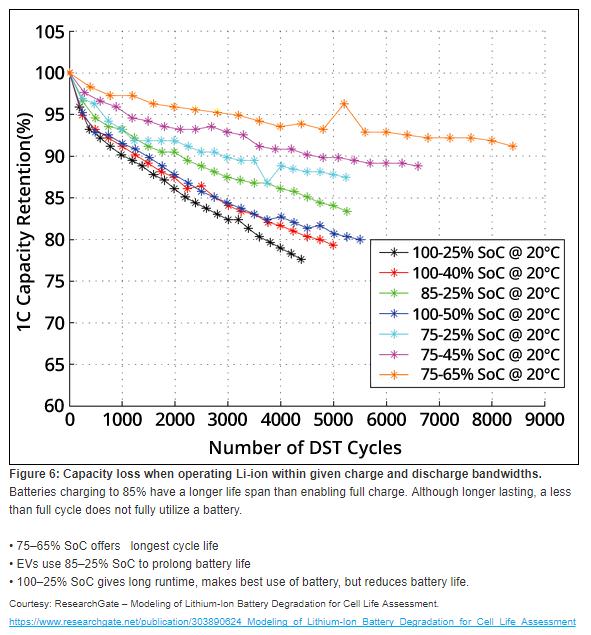LOLady said:I think you guys are missing the point. It's not that I NEED 230 miles (most of the time), but that the thing is dropping off at a precipitous rate for no reason. Seems like either a battery problem or a software problem.
And, I will at times need to get close to 230 miles, so I want to know that I have it. 6 months young is way too short to have lost that much battery capacity--and to keep losing it on a daily basis.
Have you been using the heater more now compared to before? Or driving faster on the freeway? Or now have a roof rack?
Also, check the air pressure in your tires. Fall season means that tire air pressures fall with when temperatures fall. Underinflated tires have more rolling resistance, leaving to worse electricity economy.

